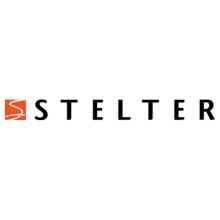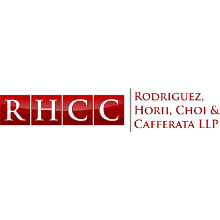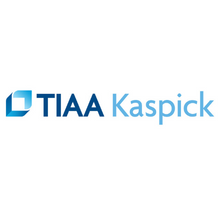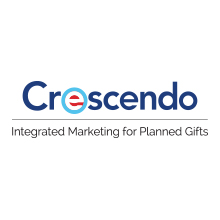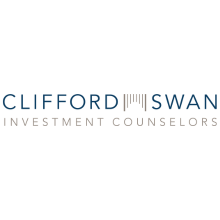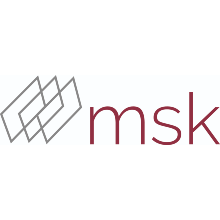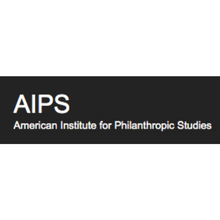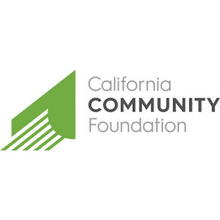|

Welcome to the LACGP Newsletter. This e-newsletter is sent to members on a monthly basis. The e-newsletter provides links to this page. Please see below for the items that appeared in the September 2020 issue.
Welcoming Those New to Gift Planning
By Patience Boudreaux
Adapting to change is hard… This isn’t shocking news for anyone reading this, but I’ve found myself reflecting on just how much harder the changes we’re all experiencing would be if you were also coping with the change of having gift planning added to your role. Whether due to an institutional need or an interestingly timed professional transition, those new to our field are entering at a time when the network of LACGP is harder to access but more valuable than ever. With people new to gift planning in mind, I’m proud of the plans which have been developed to help those new to the field adapt to their roles.
In October, we’ll be introducing a two-part “Practical Guide to Gift Planning” series, led by Kimberley Valentine and Debbie Bills to help provide practical tools for working with planned giving prospects. These sessions will provide for the immediate need of defining what it means to help donors gift plan, while also providing the foundational knowledge which leads to a long and healthy career that extends past this current period of change.
Building on the success of the bi-weekly Mini Round Tables which Jay Harvill hosted over the summer, we’ll be hosting these sessions throughout the year to address topical needs for both those new to the field and seasoned professionals. Designed to be interactive, these sessions have a discussion topic at their core, but they will also provide a venue to ask pressing questions of peers. Have a tricky donor situation and wondering how others have handled it? Mini round table can help! Updating your gift acceptance policies and not sure where to start? Mini round table can help! Trying to decide between donor testimonials for an email campaign? Mini round table can help! On November 3, our mini round table focus will be how to best utilize our time in the last two months of the year.
Jim Jacobs, fresh off the success of being co-chair of our first virtual Western Regional Planned Giving Conference, has spent the summer connecting with volunteers so that our Mentorship Program is ready to welcome people to our field. The Mentorship Program provides a point of connection for mentee and mentor – one providing seasoned insight and the other providing fresh perspectives – which benefit both participants. While it’s most often utilized by newcomers to our field, I encourage all of us to consider whether we might benefit from having a sounding board during this period of change. If you have ever entertained the idea of being a mentor (or a mentee!), there’s no time like the present to raise your hand and volunteer. Jim’s ready and willing to help you connect.
While many of us are struggling to battle Zoom fatigue, I hope we can all have empathy for those who have yet to experience the welcoming embrace of colleagues at a general membership meeting for LACGP. Please be active participants in activities that you see LACGP hosting and help welcome our new peers!
Two New Senate Relief Bills Include Expanded Charitable Deduction
By Kristen Jaarda
The coronavirus relief package introduced by Sen. Majority Leader Mitch McConnell today includes a new incentive for charitable giving. The legislation increases the $300 non-itemizer charitable deduction for 2020 cash contributions to $600 for individuals and $1,200 for joint filers. The Senate is expected to vote on this bill Thursday.
An even more expansive non-itemizer charitable deduction was included in the RECOVERY Act introduced today by Sen. Ted Cruz. This bill would make available for 2020 an above-the-line deduction for charitable gifts valued at up to one-third of the standard deduction (around $4,000 for an individual filer and $8,000 for married joint filers).
While these bills are unlikely to receive support by the Democratic House leadership, the good news is that an expanded above-the-line charitable deduction was included in the relief legislation this time. Charitable giving incentives were omitted from the relief bill debated just before Congress left for summer recess. Let’s hope that these bills signal Congress is headed towards passing a relief bill or compromise package that includes incentives to support charities. They could really use the help right now.
Click here to see the post on LinkedIn
Marketing: Segmentation Makes It Personal
By Andy Ragone
In 1988, a friend of mine decided to pass my contact information along to an organization that supports retired people. They blanketed me with all sorts of print literature ranging from retirement savings tips to lodging discount coupons. I was well on my way towards significant senior living, except for one teeny-tiny issue. I was 19.
It was a case of mistaken identity caused by a friend who pulled a prank on me. I think he put me down for 68 at the time. While the organization was not at fault in this situation, it has caused me to wonder how often we are not reaching the right people with the right messaging.
Reaching the right audience with the right message is a key marketing goal.
In this article, we are going to cover how email list segmentation allows for more personalized messaging. We will explore why segmenting your email lists is a valuable step in reaching the right audience. We will also provide an example for bequest marketing to get you moving in a good direction.
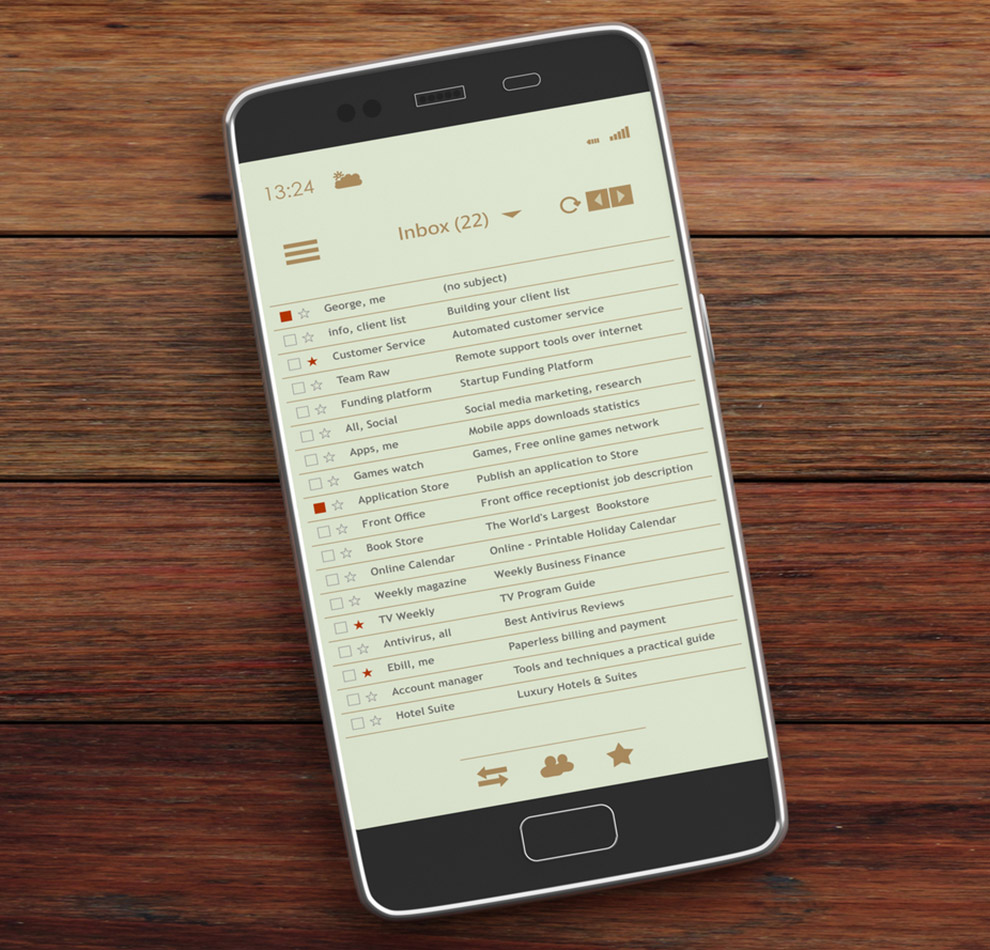 Why Segmentation? Why Segmentation?
Segmentation is the process of categorizing the audience you aim to reach. It involves knowing what message to send and how best to approach the target audience. It also includes an understanding of what platform(s) to use and experimenting to achieve the best connection and response rates.
The more you deliver the right messaging to the right audience, the more relevant you become. By appealing to a 1) specific demographic in a 2) specific stage of life with 3) specific interests and 4) specific pain points, you may then use these data points to better tailor your messaging to those you aim to reach, ever warming them to the offer you are promoting.
What is the difference between being a nuisance and becoming more personal? Segmentation. What is the difference between mass marketing versus targeted needs marketing? Segmentation. What is the difference between “email fatigue” and increasing click-through rates? You guessed it…. Segmentation.
The thoughtful time you spend in marrying your audience to your messaging is the difference between caring and spamming. Imagine, providing helpful solutions to the concerns — the pain points—of your targeted recipients. That is what personalization — what segmentation — allows you to do.
The Elephant in the Room
Before moving into the details, we need to address the elephant in the room — namely, your contact lists. Over time, your contact lists can grow unwieldy and outdated. At an organization where I previously worked, our database had the names and contact information for over 15,000 people, though only a thousand were active members. Unfortunately, our database was not routinely updated, so our mailers were unnecessarily expensive, and our email unsubscribe and bounce rates were exorbitantly high. Many did not wish to hear from us, simply because our messaging was not relevant to them. While this had something to do with our approach to messaging, it also showed us that our messages were being sent to the wrong people. Having an updated “clean” list would have delivered much better results.
This naturally happens with time. But it can become especially challenging as an organization goes through a growth spurt. On one hand, a growing email list is a good sign; it means you are actively trying to grow your audience. Please, keep doing that! However, without allocating the right resources to keep our databases updated or “clean,” our lists can quickly fall into disrepair, ever drifting away from accurately representing our true audience.
Maintaining an Updated List
Your contact lists, specifically email addresses, are key to your stewardship efforts. Your goal here is to maintain a clean list because this will help clarify who your real audience is—those who open and respond to your marketing messages. Using a survey tool and/or a lead magnet (a giveaway item) can be a helpful way to update and maintain your database. These may generate beneficial responses from those you are aiming to reach. Strategic survey questions can be used to help shore up any communication gaps between you and those on your list.
Assuming you are working with a clean list, let’s look at an example of how segmentation might work for bequest messaging.
Segmenting for Bequest Marketing
With charitable bequests comprising 80-90% of all planned gifts made by donors, it would be helpful to segment your mailing list for a bequest marketing campaign. Bequest marketing will cover a broad range of donor profiles because a large percentage of Americans with families are concerned about having some level of estate and family protection in place. Marketing for bequests from such a large range of donor profiles is a great first step for organizations aiming to develop their planned giving programs. While segmenting here can be pretty generalized, there are benefits to reaching different audiences with more focused messaging.
To begin, you can segment by age or stage of life. Different stages of life will require different messaging, simply due to the nature of what life looks like at any given time. For example, a donor in her mid-40s is likely to identify with messaging pertaining to her current stage of life. She may still have children at home while simultaneously working to further her career. Retirement is likely to be far down the road for her, so sending her an email or a postcard with an image of a retiree engaging with grandchildren, including the use of language to reach an older individual in his retired years, is unlikely to help her in any way.
In her mind, this message is not for her. It does not solve the pain points she is currently wrestling with—namely her children’s well-being should she pass away. So, it will not resonate as a need in her mind. The postcard is likely to be thrown away and the email deleted. She may even unsubscribe from the list because irrelevant messaging of this sort is often seen as spam.
On the other hand, if this woman in her 40s has children who would benefit from her proactive efforts to create a will, she would be much more likely to act if she were reached with messaging that offers to solve this pain point. The sender—namely you—is now seen as a bit of a mind reader, someone who understands the current matters that concern this woman in her 40s. In this instance, segmented messaging makes all the difference.
Generally speaking, you may wish to begin by segmenting into three major groups—though messaging can become much more specific among the sub-groups within these three larger groups. The three major groups are: Gen-Xers and Millennials age 55 and under, Boomers age 56 to 74 and seniors age 74 and up.
Likely to have children still at home, the youngest group might identify with the example of the woman in her 40s. Boomers, however, are in a different chapter of life. Many Boomers are still working, but looking forward to retirement. They are most likely empty nesters at this point. They are more likely to be open to leaving a charitable bequest to the organization they hold as most important to them. Senior friends above the age of 74 are in yet another chapter of life. Most are at a point where they are keenly aware of their overall net worth. They are likely retired and living on a somewhat fixed income. Furthermore, many at this point in their lives are diligent in making sure their estate plan is both current and more comprehensive than ever before. While at this point, our senior friends have likely chosen to leave a bequest to their favorite organization(s), they are happy to make sure their estate plans and giving intentions are well in order.
No Age Records… No Problem!
Some organizations do not know the ages of their donors. You may represent a college or a school, so finding the ages of your key alumni donors should be pretty easy. Simply match their attendance time with an approximate age range. However, if you are a social service or performing arts organization, discovering the ages of your donors might be more challenging. My recommendation is to start with donors who have given faithfully over the past 15 years (no matter the gift size). It is likely that these donors are aged 55 years and older. While this approach will not account for all of your donors in this age range, it will account for those who have been giving faithfully over the years. As an important side note, these are likely to be your top potential bequest donors simply because they already know you, like you and trust you.
Additional Segmenting Ideas
For further segmenting consideration, you may wish to take a look at your loyal donors, those without children (they are likely to give more to charities), those who are single, alumni groups, board members, legacy members, current staff and/or retired employees. Remember, each of these segmented groups will likely require additional messaging customization—such as pictures, subject lines, text, offer, etc.
Segmentation Makes It Personal
Segmentation allows you to optimize your marketing messages, so you may deliver the right marketing messaging to the right audience. This categorized audience is composed of people who have certain needs—pain points—in common and wish to better understand how your organization brings timely solutions and offers to meet those needs. Resonate with the needs and you will find responsive donors. All of this begins with personalized messaging that comes from segmentation.
Upcoming Events
Thursday, October 22, 2020, & Thursday, October 29, 2020
Practical Guide to Planned Giving
Tuesday, November 3, 2020
Mini Round Table
Thursday, November 19, 2020
General Membership Meeting
Wednesday, December 9, 2020
Webinar: Always Look a Gift Horse in the Mouth
Tuesday, December 15, 2020
Member Social
Thursday, January 21, 2021
General Membership Meeting
Thursday, March 18, 2021
General Membership Meeting
Tuesday, May 25, 2021 - Thursday, May 27, 2021
30th Annual Western Regional Planned Giving Conference
Click here for the full LACGP Calendar
|


 Why Segmentation?
Why Segmentation? 